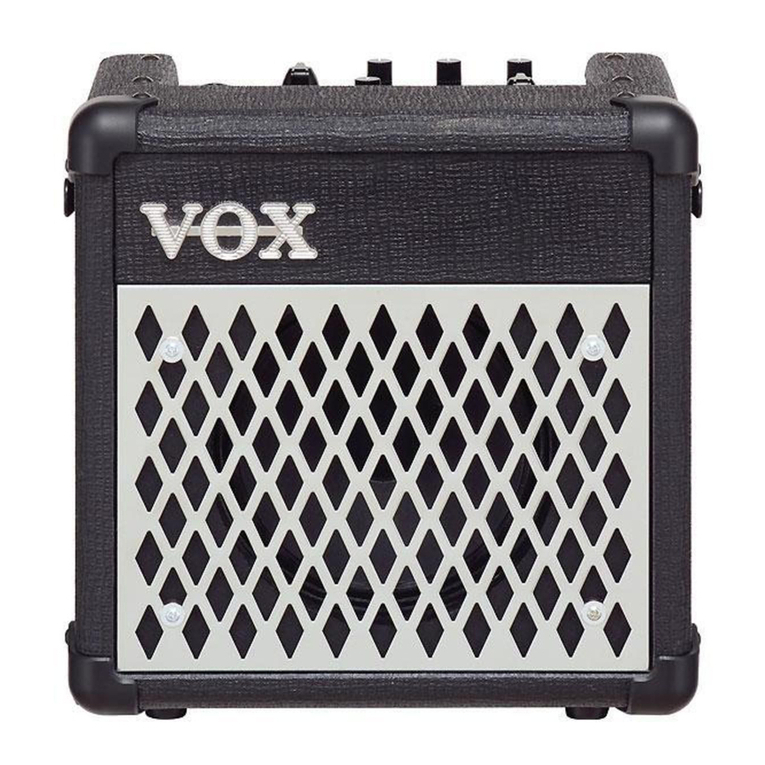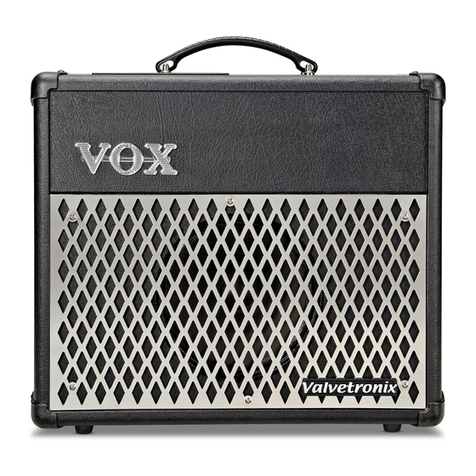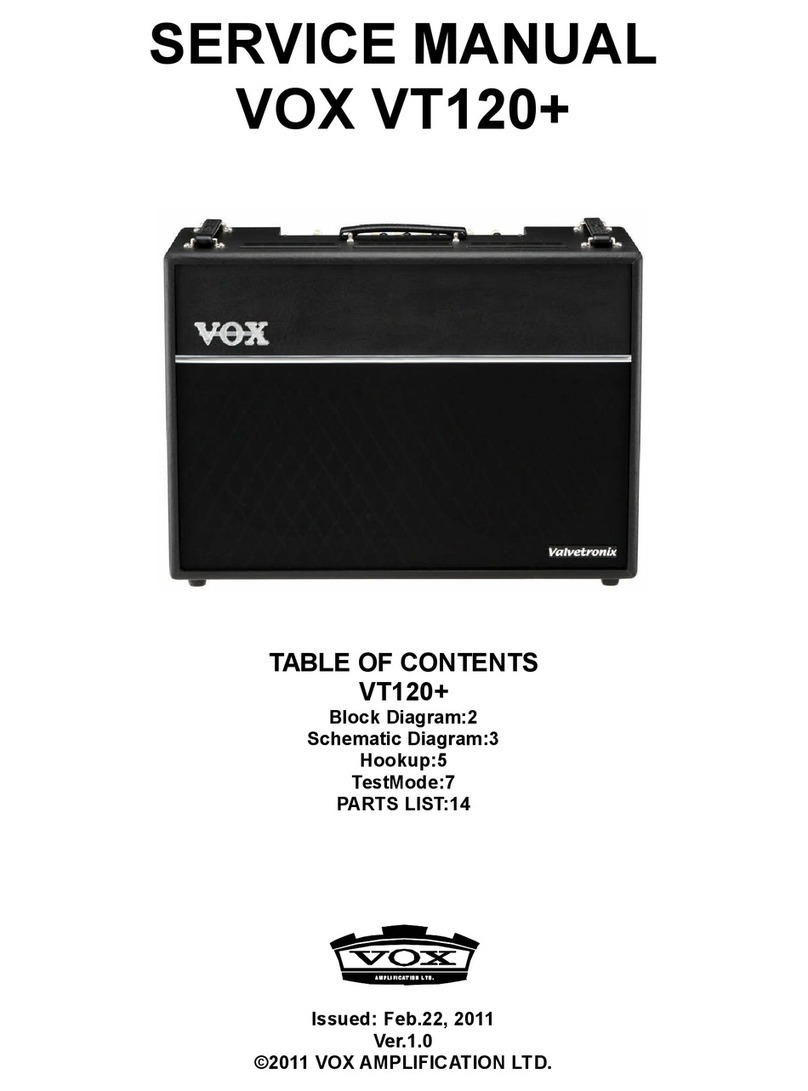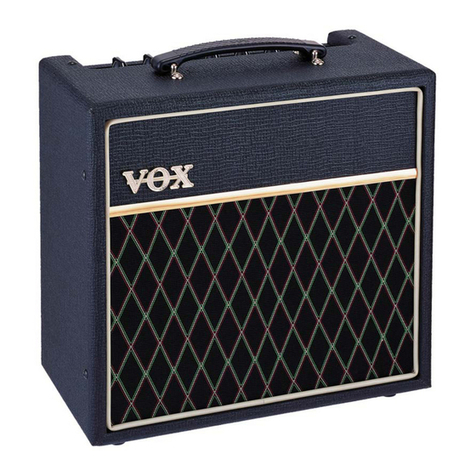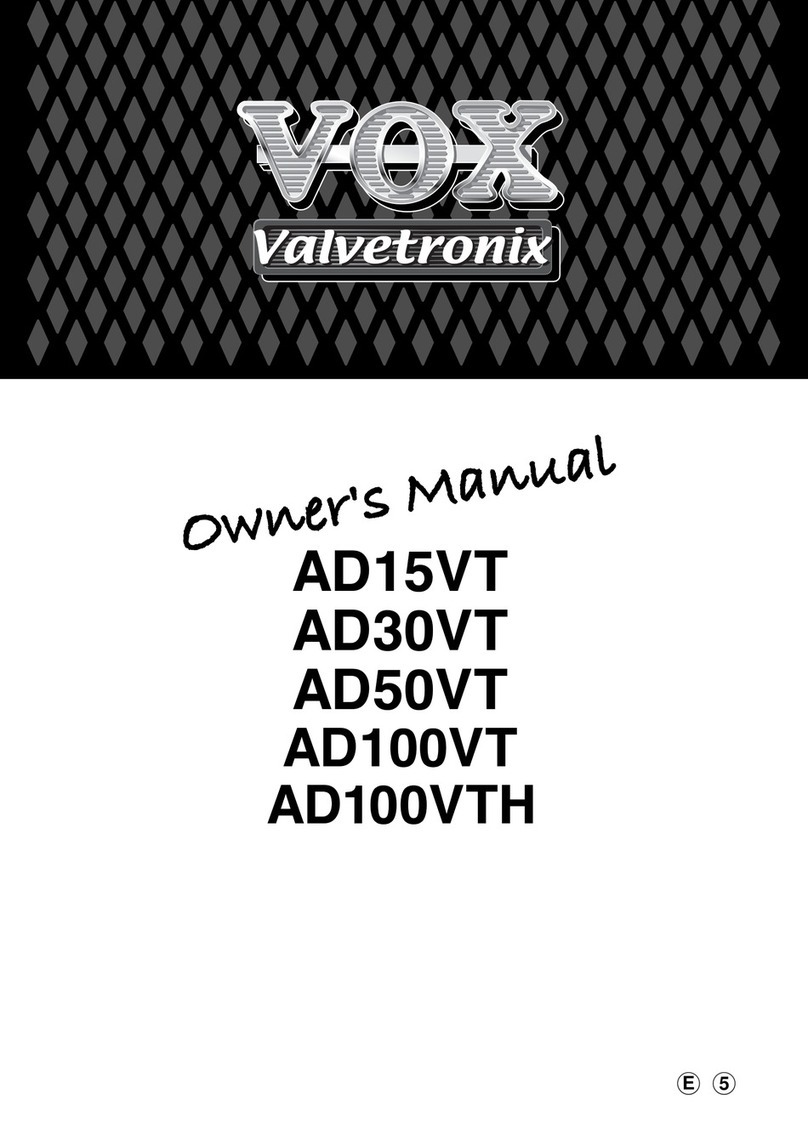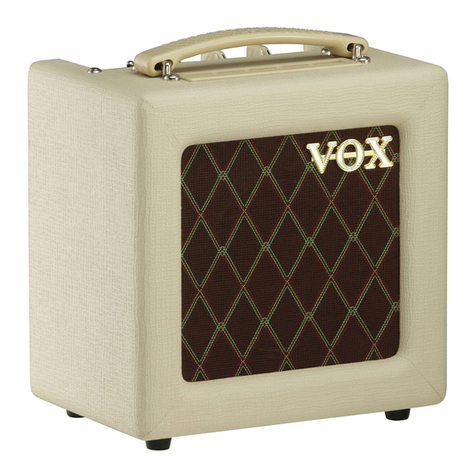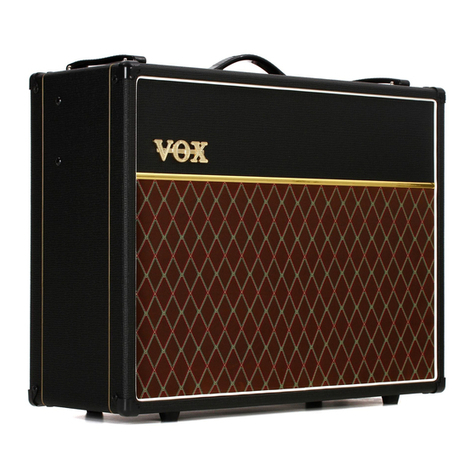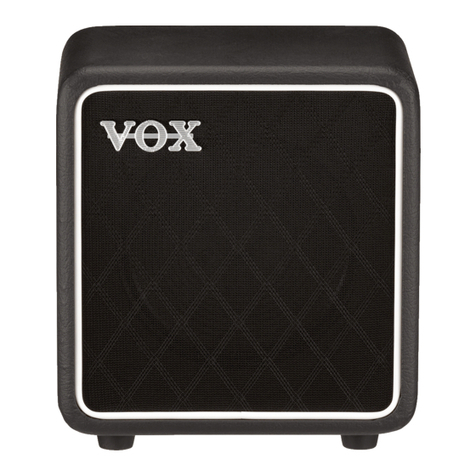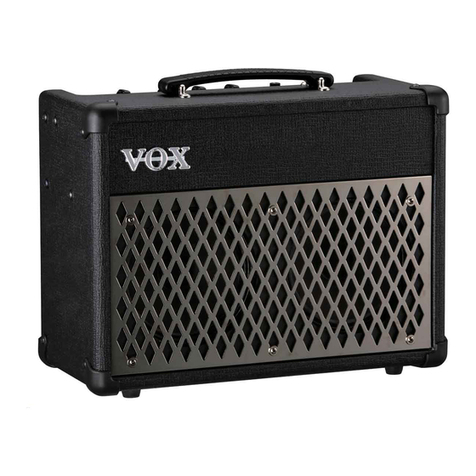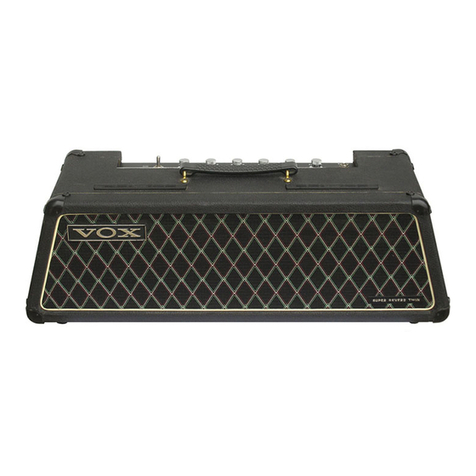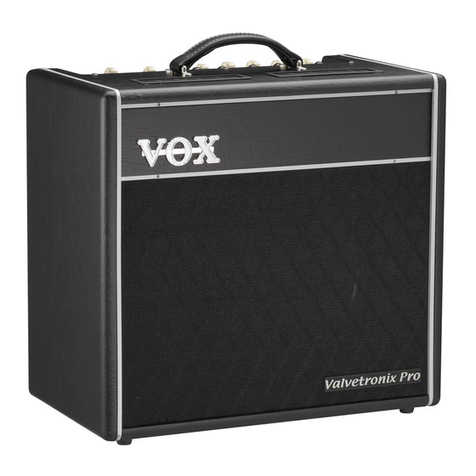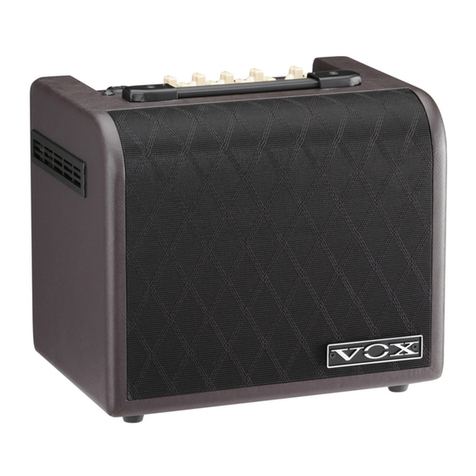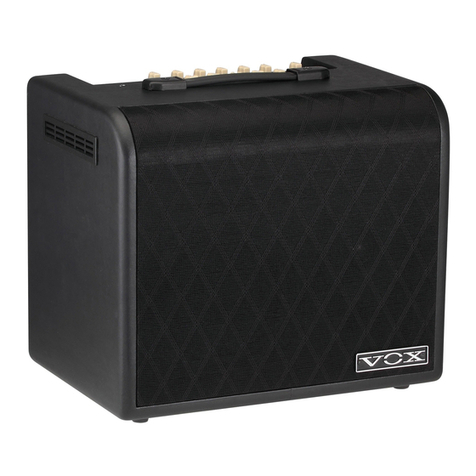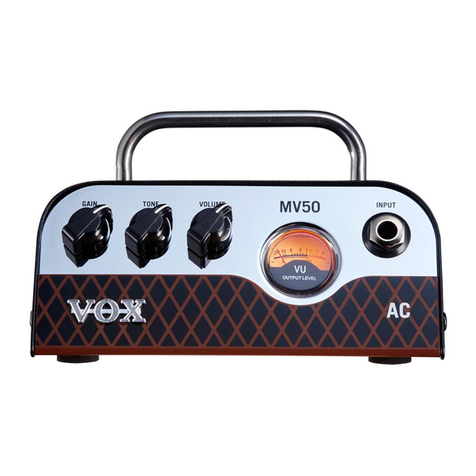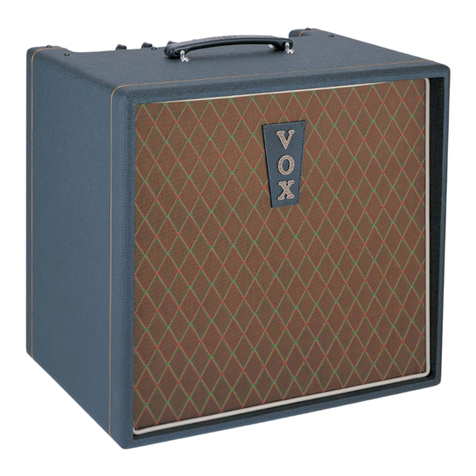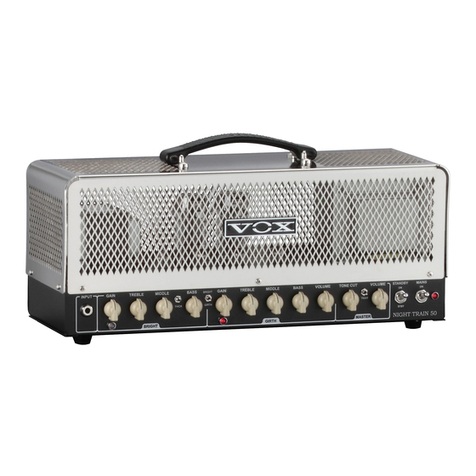INSTRUCTIONSPERTAININGTOA
RISKOFFIRE,ELECTRICSHOCK,
ORINJURYTOPERSONS
IMPORTANTSAFETYINSTRUCTIONS
WARNING
—
When using electric products, basic precau-
tions should always be followed, including the following:
1) Read all the instructions before using the product.
2) Do not use this product near water-for example, near a bathtub, wash-
bowl, kitchen sink, in a wet basement, or near a swimming pool, or
the like.
3) This product should be used only with a cart or stand that is recom-
mended by the manufacturer.
4) This product, either alone or in combination with an amplifier and
headphones or speakers, may be capable of producing sound lev-
els that could cause permanent hearing loss. Do not operate for a
long period of time at a high volume level or at a level that is uncom-
fortable. If you experience any hearing loss or ringing in the ears,
you should consult an audiologist.
5) The product should be located so that its location or position does
not interfere with its proper ventilation.
6) The product should be located away from heat sources such as ra-
diators, heat registers, or other products that produce heat.
7) The product should be connected to a power supply only of the type
described in the operating instructions or as marked on the product.
8) The power-supply cord of the product should be unplugged from the
outlet when left unused for a long period of time.
9) Care should be taken so that objects do not fall and liquids are not
spilled into the enclosure through openings.
10) The product should be serviced by qualified service personnel when:
a) The power-supply cord or the plug has been damaged;or
b) Objects have fallen, or liquid has been spilled onto the product;or
c) The product has been exposed to rain; or
d) The product does not appear to operate normally or exhibits a
marked change in performance; or
e) The product has been dropped, or the enclosure damaged.
11) Do not attempt to service the product beyond that described in the
user-maintenance instructions.All other servicing should be referred
to qualified service personnel.
SAVETHESEINSTRUCTIONS
The lightning flash with arrowhead symbol within an equi-
lateral triangle, is intended to alert the user to the pres-
enceof uninsulated“dangerous voltage”withinthe product’s
enclosure that may be of sufficient magnitude to constitute
a risk of electric shock to persons.
The exclamation point within an equilateral triangle is in-
tended to alert the user to the presence of important oper-
ating and maintenance (servicing) instructions in the lit-
erature accompanying the product.
GROUNDINGINSTRUCTIONS
This product must be grounded. If it should malfunction or breakdown,
grounding provides a path of least resistance for electric current to re-
duce the risk of electric shock.This product is equipped with a cord hav-
ing an equipment-grounding conductor and a grounding plug.The plug
must be plugged into an appropriate outlet that is properly installed and
grounded in accordance with all local codes and ordinances.
DANGER—Improper connection of the equipment-grounding conductor
can result in a risk of electric shock.Check with a qualified electrician or
serviceman if you are in doubt as to whether the product is properly
grounded.Do not modify the plug provided with the product—if it will not
fit the outlet, have a proper outlet installed by a qualified electrician.
THE FCC REGULATIONWARNING (for U.S.A.)
This equipment has been tested and found to comply with the limits
for a Class B digital device, pursuant to Part 15 of the FCC Rules.
These limits are designed to provide reasonable protection against
harmful interference in a residential installation.This equipment gen-
erates, uses, and can radiate radio frequency energy and, if not in-
stalled and used in accordance with the instructions, may cause harm-
ful interference to radio communications. However, there is no guar-
antee that interference will not occur in a particular installation.If this
equipment does cause harmful interference to radio or television re-
ception, which can be determined by turning the equipment off and
on, the user is encouraged to try to correct the interference by one or
more of the following measures:
•Reorient or relocate the receiving antenna.
•Increase the separation between the equipment and receiver.
•Connect the equipment into an outlet on a circuit different from
that to which the receiver is connected.
•Consult the dealer or an experienced radio/TV technician for help.
Unauthorized changes or modification to this system can void the
user’s authority to operate this equipment.
CE mark for European Harmonized Standards
CE mark which is attached to our company’s products of AC mains
operated apparatus until December 31, 1996 means it conforms to
EMC Directive (89/336/EEC) and CE mark Directive (93/68/EEC).
And, CE mark which is attached after January 1, 1997 means it con-
forms to EMC Directive (89/336/EEC), CE mark Directive (93/68/
EEC) and LowVoltage Directive (73/23/EEC).
Also, CE mark which is attached to our company’s products of Bat-
tery operated apparatus means it conforms to EMC Directive (89/
336/EEC) and CE mark Directive (93/68/EEC).
IMPORTANT NOTICE FORTHE UNITED KINGDOM
WARNING—THIS APPARATUS MUST BE EARTHED
As the colours of the wires in the mains lead of this apparatus may
not correspond with the coloured markings identifying the terminals
in your plug, proceed as follows:
•the wire which is coloured green and yellow must be connected to
the terminal in the plug which is marked with the letter E or by the
earth symbol , or coloured green or green and yellow.
•the wire which is coloured blue must be connected to the terminal
which is marked with the letter N or coloured black.
•the wire which is coloured brown must be connected to the termi-
nal which is marked with the letter L or coloured red.
